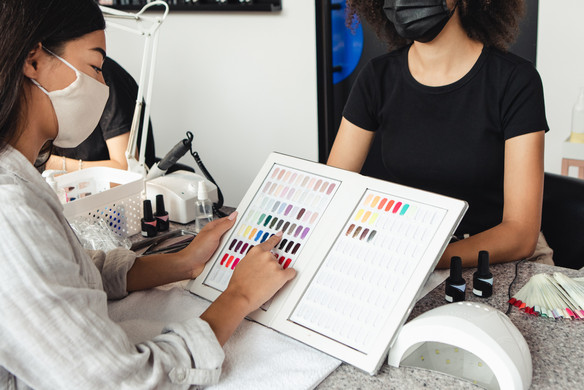Table of contents
This article was contributed by Linda Landers and originally appeared on Business2Community.
Editor’s note: People’s shopping habits are evolving as the pandemic eases and summer nears, and exciting new trends are emerging. Incorporate the consumer trends below into your business by trying out new channels to expand your reach. Depending on what you sell, you could invest in improving your in-store shopping experience and offering more splurge-worthy services like alcohol delivery to help consumers celebrate their newfound freedom.
There is little precedent to help us understand how COVID-19 might shape consumer trends, especially in light of the technology that has emerged since the last global pandemic event in 1918. Now that the end of the tunnel is in sight, we’re gathering data at a lightning pace to understand the emerging trends expected through 2021 and beyond.
Ready for a splurge
While spending on essentials has remained steady, and even increased in some areas, other categories have suffered an extreme spending depression during the pandemic. Some sectors, such as the luxury market, are starting to see recovery, and those numbers are expected to grow. According to one study, more than 50% of American consumers plan to treat themselves as soon as possible.
When it comes to food and beverage purchases during the lockdown, 60% of U.S. consumers say they’ve used food purchases as an alternate means of escape, translating to higher-than-usual sales in snack foods, ready-to-eat meals, and alcohol.
If the Roaring Twenties that emerged after the 1918 influenza pandemic is any indication, we can expect these indulgences to continue during and after our current economic recovery.
Focus on health
While shoppers are looking to splurge with comfort foods, that doesn’t mean their health is far from mind. In fact, 83% of Americans are more aware of their health and the health of those they love than ever before.
This new health awareness has led to increased revenue in fitness and wellness markets. Fitness wearables are expected to reach $74 billion in revenue by 2025 (up from $27 billion in 2019), and the virtual fitness economy is expected to surge from $6 billion in 2019 to $60 billion by 2027.
Migration to online shopping
Before 2020, there was no denying the success of eCommerce, whether through massive online marketplaces like Amazon and Walmart or direct-to-consumer from the brand itself. However, after last year’s stay-at-home orders, online shopping skyrocketed, with even previously convenience-based online shopping — such as groceries — becoming the norm.
While the trend may slow a bit, experts don’t expect eCommerce to return to pre-2020 levels. Brands that have invested in growing and sustaining an eCommerce model should continue to maintain that investment because online shopping is here to stay — even for those categories previously seen as convenience-based.
Real world rising
While online shopping will remain a stronghold, in-person shopping experiences are predicted to skyrocket. Consumers will clamor for “normal” shopping experiences, with 70% of buyers saying they plan to shop in-store more than they did before the pandemic.
Brands that identify ways to make in-person shopping experiences unique and exciting for their consumers will find they strengthen customer loyalty, particularly those specialty retailers that serve to enhance shoppers’ weekly grocery purchases. These might include organic produce providers, alcohol and wine stores, bakeries, butcher shops, craft beer sellers, and more.
Going multichannel
This increase in in-person shopping means brick-and-mortar stores will most certainly bounce back. However, consumers’ continued use of online purchasing may continue to reflect a dampening of in-store sales. The most successful brands emerging from the pandemic will close that gap and ensure future growth with a rich omnichannel presence.
The best possible outcome is a seamless experience that provides buyers with the opportunity to shop a brand’s products whenever and wherever they want through specific shopping sites, such as Google Shopping, and also on its social media platforms, website, in brick-and-mortar stores, and with third-party sellers such as Amazon.
Brands can also eliminate the consumers’ wait for products through a click-and-collect program, expedited shipping, or in-stock notifications so that customers can access products immediately.
Things will be changing quickly over the coming months, but these particular trends are likely here to stay. Invest in online and multichannel options, focus on safety and cleanliness, and keep an eye on trends as they continue to evolve. Above all, marketers must use marketing channels to keep buyers informed and entertained.
This article was written by Linda Landers from Business2Community and was legally licensed through the Industry Dive publisher network. Please direct all licensing questions to [email protected].
![]()











